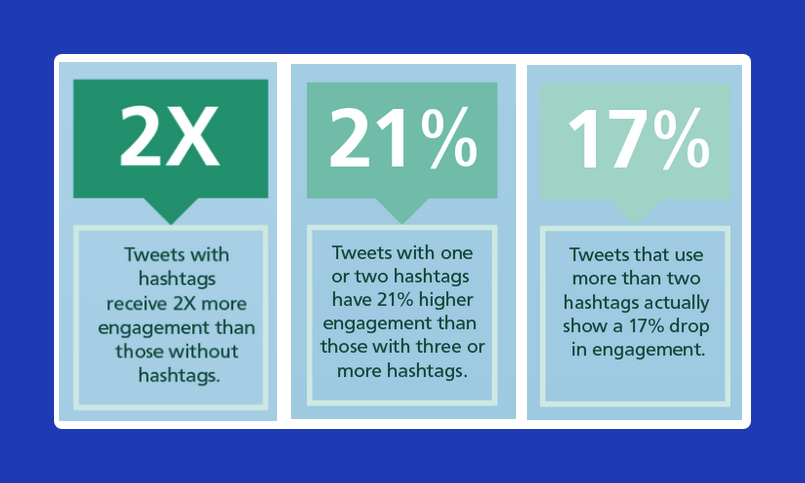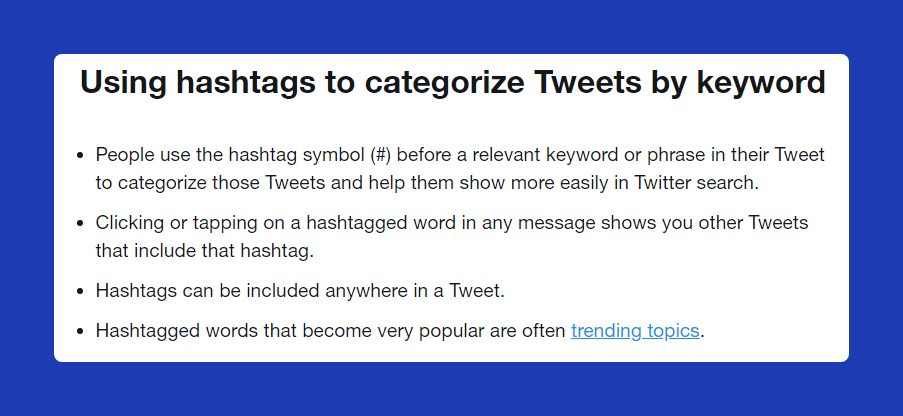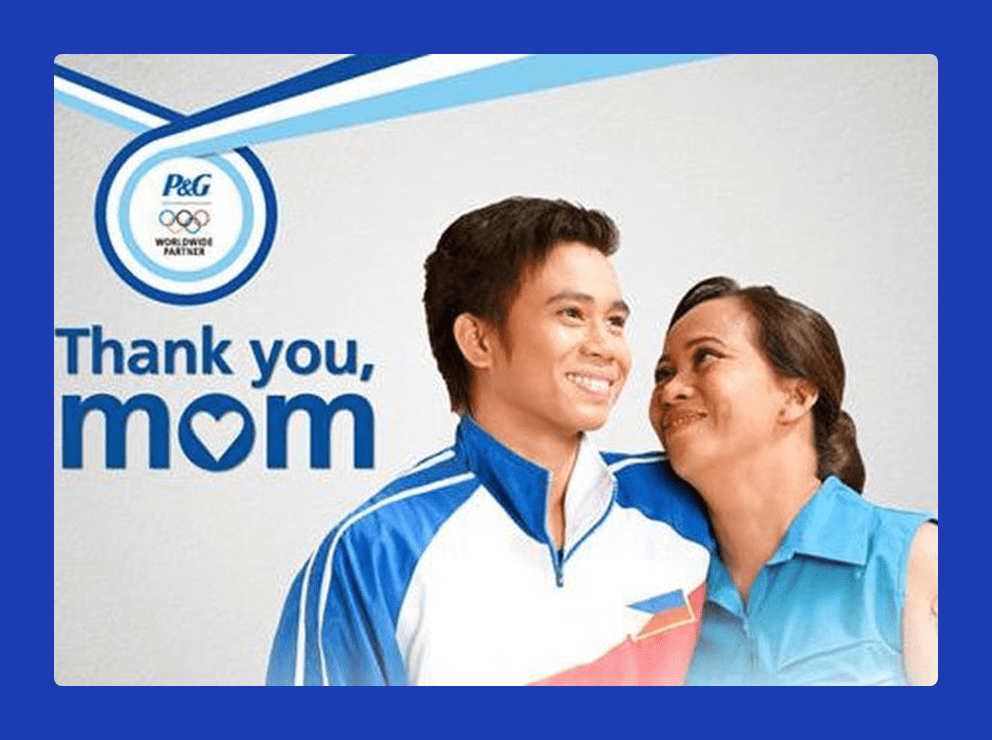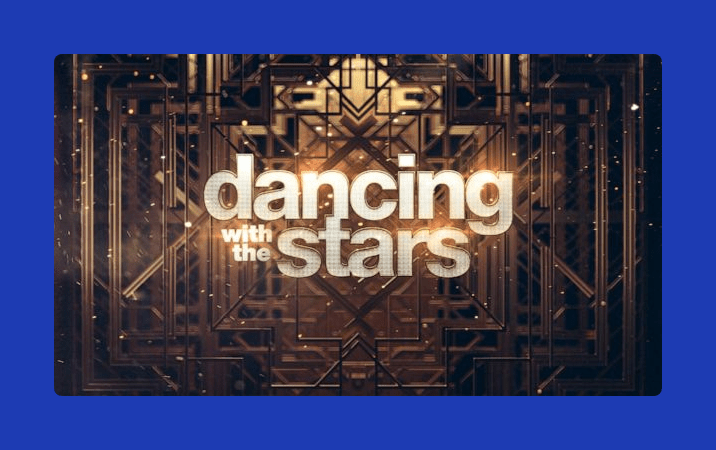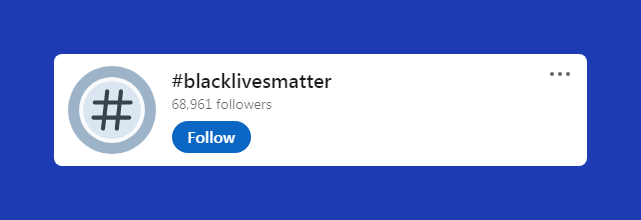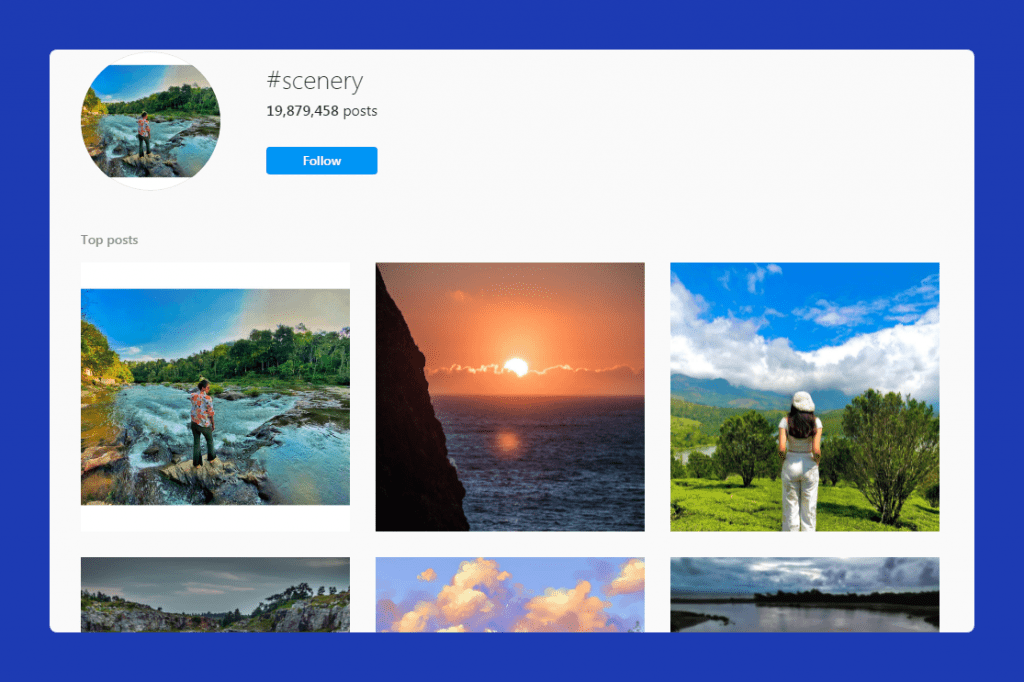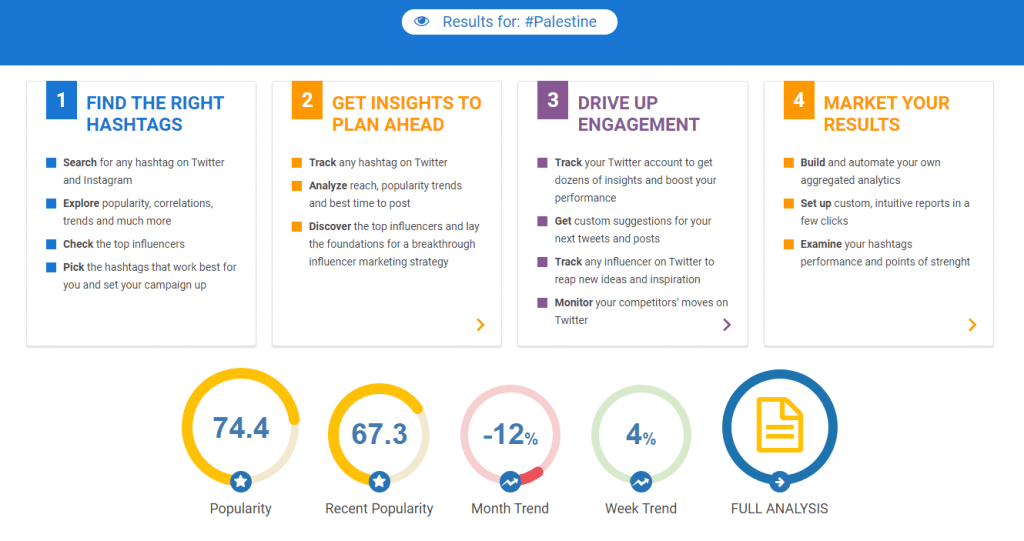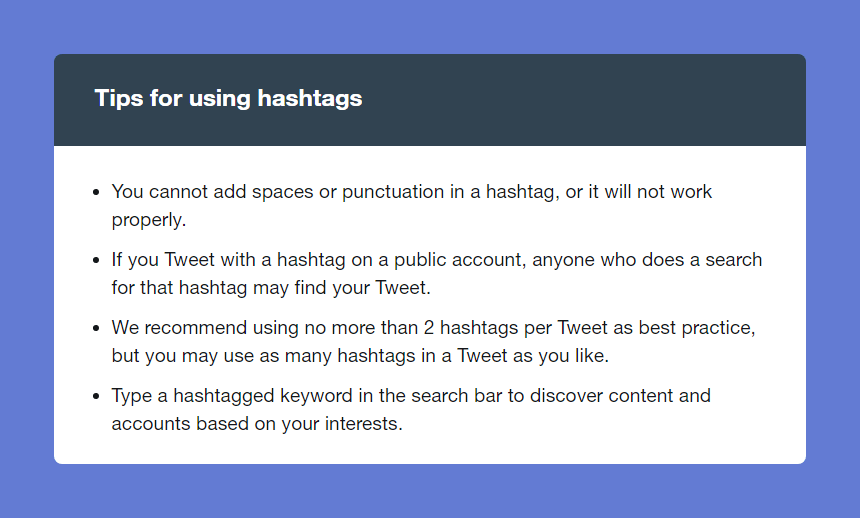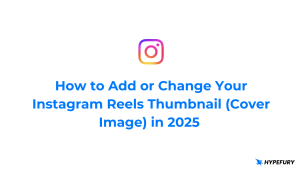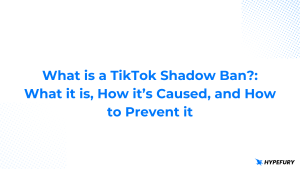Do you know how to use hashtags? I know, you’ve used them but knowing how to use them is the key. Read on for everything you need to know before you get started.
No matter how big your brand is, knowing How To Use Hashtags as a part of your Social Media Strategy will only help you in the long run.
Hashtags boost your social media reach and engagement to a considerable extent.
In this post, you will learn the basics of effectively using hashtags on social media and the reason why you should use them.
What is a hashtag?
A hashtag signifies the theme of your content.
It is a word or phrase preceded by a hash symbol(#).
On social media, it is used to tag or group content of a common topic or category.
Hashtags help make content discoverable in on-platform searches and help you reach more people.
DO’s
- Your account should be public if you want non-followers to discover your content via hashtags
- The hashtags you use should be relevant to the content you’re posting.
- Use them religiously. Don’t overdo them
DONT’s
- Don’t string too many words together. It certainly shouldn’t seem like a sentence.
- More isn’t always good. Use them sparingly otherwise, it might look spammy.
BONUS: The first hashtag ever used on Twitter
how do you feel about using # (pound) for groups. As in #barcamp [msg]?
— Chris Messina (@chrismessina) August 23, 2007
Why should you use hashtags?
Increase Engagement
When you include hashtags in your posts, you take part in conversations that are happening on that platform based on a certain topic. And more importantly, whenever that hashtag is searched for, your posts show up.
This will lead to greater engagement since a lot of people follow certain hashtags and even if they’re not your followers, they can discover you.
Look at this amazing infographic from Buffer about using hashtags on Twitter.
It is an indication that using hashtags will not harm you unless you overdo it.
Here is what Twitter says about how to use hashtags:
Build your brand
Many brands promote themselves using hashtags to grow their engagement with their customers.
Hashtags pave a path to throw your brand’s name in online conversations which then allows you to chime in on the shareable moments your brand has with its customers.
For example, P&G started a campaign “Thank You Mom” which showed images of athletes showing their appreciation for their moms. They promoted the use of the hashtag #thankyoumom so users could connect to an online community that also wanted to show their appreciation.
By using the hashtag #thankyoumom, users were not only connecting with each other but also engaging in the P&G brand.
By tagging your content with a hashtag you are adding it to a group.
So let’s say you love the TV show Dancing With The Stars and you want to see what team people are voting for. All you have to do is search for “#DWTS” on Twitter see what teams people are talking about and join in on the conversations.
To show support to social issues
Social issues are multi-dimensional. They’re not restricted to a specific part of one’s life. Therefore, using hashtags connected with a social cause portray your brand’s standing in society.
For example, a lot of people have used #blacklivesmatter as a means of support to racial discrimination all over the world since it first appeared in 2013.
Recently, the meditation app Calm came out in support of Naomi Osaka when the Tennis Star withdrew from the French Open due to mental health reasons. The app shared on Twitter that it will pay a fine for any player who opts out of any Grand Slam Event in 2021. The tweet was paired with #MentalHealthIsHealth and it really did bring a lot of people together who believed in a singular cause.
But this is bigger than any individual player.
Calm will also pay the fine for players opting out of 2021 Grand Slam media appearances for mental health reasons, and we will match the fine with a $15,000 donation to @LaureusSport.#MentalHealthIsHealth ????
— Calm (@calm) June 2, 2021
A lot of brands sometimes create branded hashtags to show their support for a social issue.
For example, the Canadian telecommunications company Bell uses the branded hashtag #BellLetsTalk to promote mental health awareness.
Double T Ranch integrates horses into therapy to support those recovering from addiction and trauma. Learn more. #MentalHealth #BellLetsTalk https://t.co/mUz54SeguJ
— Bell Let’s Talk (@Bell_LetsTalk) February 26, 2020
Add context to a social media post
Let’s be realistic.
You may have a lot of followers, but only a few people engage with your content on a regular basis.
Most people just scroll through their feeds.
Hence when you use hashtags to add context to your posts, people know what they’ll be reading about.
The hashtag in this case acts as a title of a blog.
For example, NASA extended its support to the #Artemis mission by sharing a gleaming story of the last century.
52 years ago, astronauts Neil Armstrong and Buzz Aldrin landed on the Moon, as Michael Collins orbited aboard the command module. We remember the Apollo 11 crew’s achievement and look forward to #Artemis missions returning humans to the lunar surface: https://t.co/gcuZ2QgX2K pic.twitter.com/sCGkXT1TQU
— NASA (@NASA) July 20, 2021
Help your target audience find you
On Twitter, LinkedIn and Instagram, people follow certain hashtags that interest them. There are a lot of generic hashtags that a lot of people follow. As a result, these hashtags become popular.
Hence, whenever you get the opportunity of using popular hashtags, use them. You might gain a few new followers by doing this.
For example, if you use #scenery on your Instagram posts, someone who follows that hashtag will see your recent post in their feed.
3 ways to find the best hashtags
Analyze what’s already working
Analyze people in your niche. Do a competitive analysis on social media. Look out for the social media influencers in your niche. Make note of which hashtags they use and how many of them do they use. This is a great way to find out how your competitors are engaging with their audience.
At the same time, analyze what worked for you in some of your previous posts. If you notice some of your most popular posts always contain a few of the same hashtags, make a point to include those in your future posts as well.
Use Hashtagify.me
Hashtagify.me helps you find the best Twitter hashtags or Instagram hashtags for your brand.
This tool will help you to search for any hashtag and find out how popular it is. For example, if you search the popularity of #Palestine, you will get results showing you this hashtag’s overall popularity, its recent popularity, and the trends for the month and week.
Find which hashtags are trending
RiteTag lets you type your social media caption into the text bar and upload the photo you’ll pair with your caption.
After doing that, RiteTag generates the most trending hashtags based on your content. You’ll see the best hashtags to get your post seen immediately, as well as hashtags to get your post seen over time.
How many hashtags should you use?
On Twitter: Twitter itself recommends using no more than two.
On Instagram: Optimally less than 10 will be more than enough. (A quick tip: Consider posting your hashtags as the post’s first comment so followers can focus on the great caption you’ve written.)
On YouTube: Ideally, 2-3 will do the job. (Warning: Don’t use more than 15. YouTube will flag your content.)
On LinkedIn: Ideally, less than two hashtags will be suitable. You can try and get to 5. Anything more than 5 seems spammy.
SOME LAST-MINUTE TIPS:
That’s the end of this short guide. Thank you for reading it and following it till the end. If you’re not using hashtags, it’s a high time you start with them.

